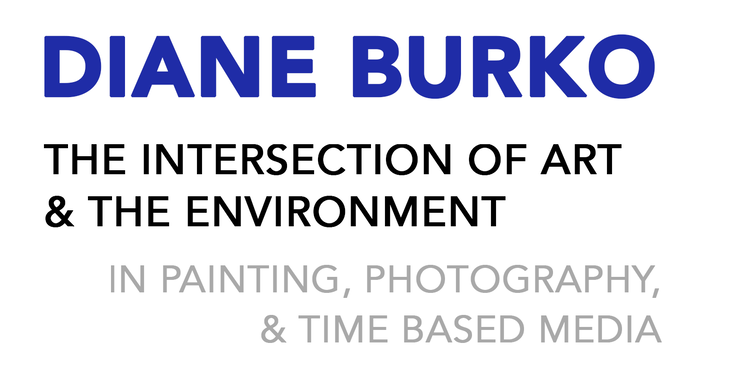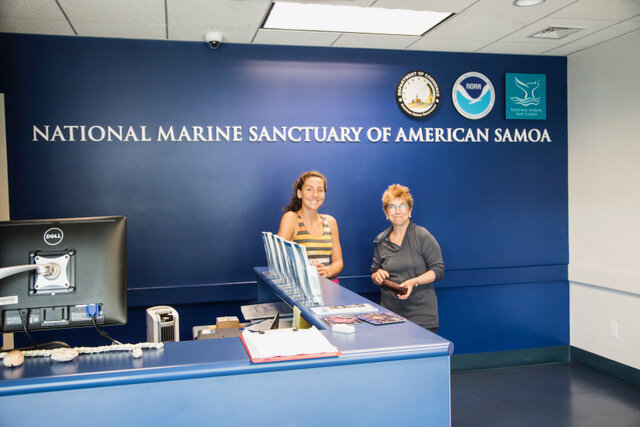Here is the website: http://www.kaiapapa.com
Here is some more information:
Kai ‘Apapa, Hawaiian for coral reef, is a multimedia examination of coral reef systems in the United States. Environmental artist Diane Burko, Physical Geographer and Coral Reef Scientist Samiah Moustafa, composer/video artist Christine Southworth, and composer/clarinetist Evan Ziporyn, along with associates Landscape Architect and photographer Richard Ryan, and Full-Stack Web Developer/Data Coordinator, Louis Huang will be filming the reefs, recording sounds of each site above and under water, collecting data to study the health of each reef location, and creating music, video, photographs and paintings of and about their experience and the significance of the reef eco-systems to the health of our planet. The results of this ongoing project will be multi-faceted: a live performance piece for theaters and planetariums with immersive 360° video, elaborate soundscapes and live clarinet, bagpipe, and vocals; a gallery installation to show artwork, photographs, and data; and a website featuring our research and an online installation to reach and educate a broader audience.
Our destinations are focused on the following National Parks: The War in the Pacific National Historical Park in Guam, National Park of American Samoa, Kalaupapa National Historical Park (Molokai) and Kaloko-Honokohau National Historical Park (Kona) in Hawaii, Biscayne National Park and Dry Tortugas National Park in Florida, and Virgin Islands National Park and Buck Island Reef National Monument in the US Virgin Islands, as well as other reef sites in the United States.
The goal of this project is not only to produce a visually and musically stunning performance and exhibition, but also to raise awareness of the effects of climate change on our national underwater treasures, to show how fragile they are but also how beautiful and important they are still, to show why we need to try to save them. All three artists have a long-standing interest - reflected in their work - in biodiversity, multiculturalism, and interdisciplinary collaboration. This can be seen in Diane Burko’s visual art concerning extreme climates; in Christine Southworth’s multimedia work bringing together the sounds and images of nature, technology and traditional cultures; and Evan Ziporyn’s ongoing work with Balinese gamelan, the Silkroad Ensemble and in his work as Director of MIT’s Center for Art, Science & Technology (CAST). By working in situ, we hope to produce a work that is impactful in multidimensional and resonant ways. We see Coral Reef Scientist, Samiah Moustafa’s contribution bringing a deeper level of scientific understanding and meaning to our project, as well as our public engagement efforts.
Kai 'Apapa is a project of Ensemble Robot, Inc., a 501(c)(3) arts organization based in Lexington, Massachusetts. We would like to thank MIT Music & Theater Arts and MAP Fund for their generous support!




















